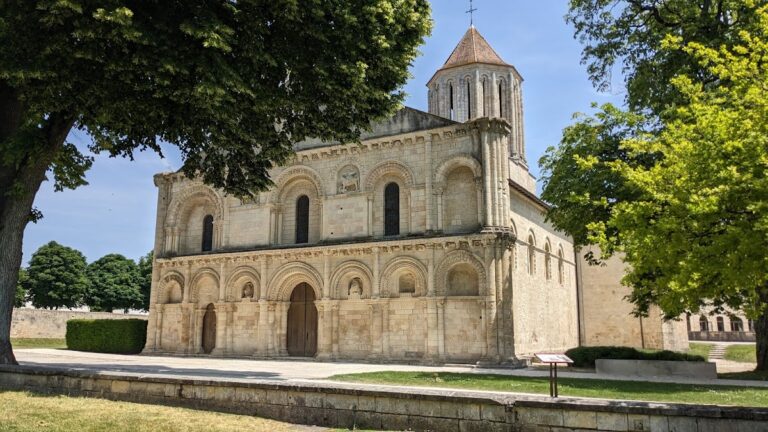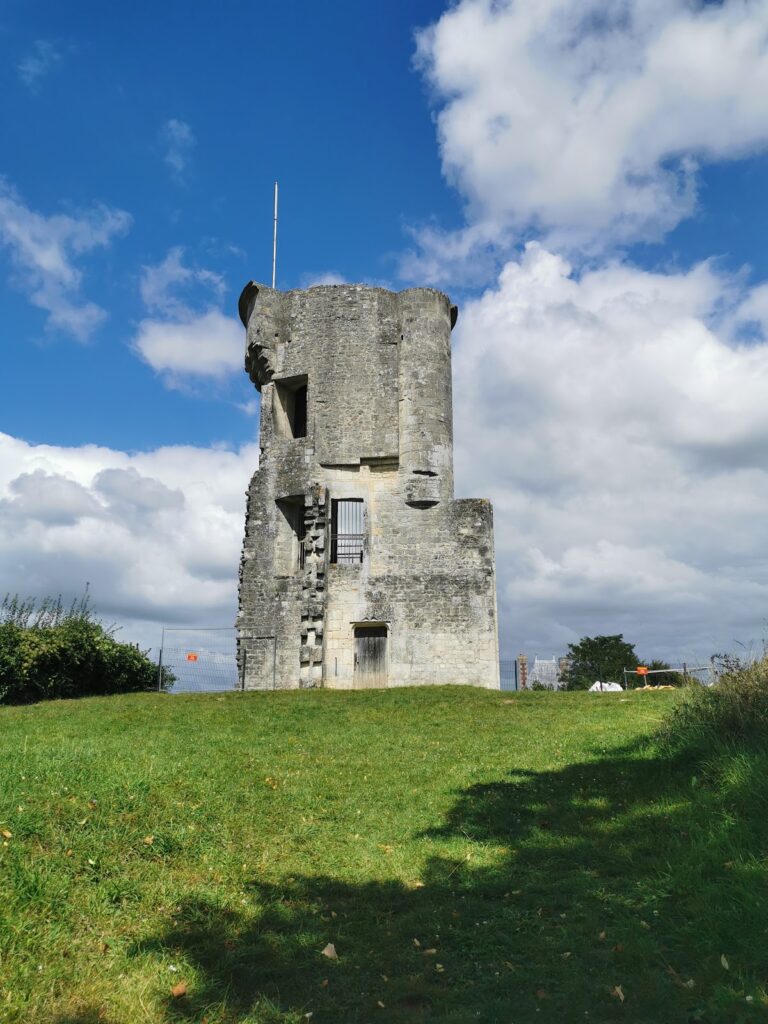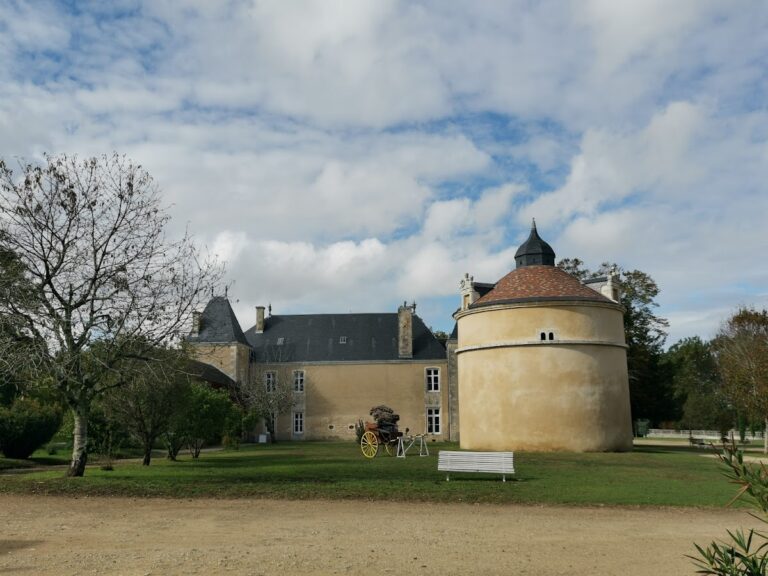Château de Mornay: A Historic Estate in Saint-Pierre-de-l’Isle, France
Visitor Information
Google Rating: 5
Popularity: Low
Google Maps: View on Google Maps
Official Website: www.chateaudemornay17.com
Country: France
Civilization: Unclassified
Remains: Military
History
The Château de Mornay is situated in the commune of Saint-Pierre-de-l’Isle in France. This estate has a documented history dating back to the 15th century and was originally connected with local nobility.
The earliest known lord of the château was Pierre Pastureau, active during the 1400s. He was succeeded by his son Guillaume Patureau de Mornay, who lived from 1466 to 1534 and maintained the family’s hold on the property throughout the late 15th and early 16th centuries. During the 16th century, the château featured defensive elements, including large machicolated towers, which were fortification features designed to allow defenders to protect the walls below from attackers.
A significant rebuilding phase occurred around 1642. This date is supported by an historical record reporting the loss of a barge carrying building materials meant for the site, which suggests the château was under construction or renovation at that time. During the 17th century, a gallery was adorned with paintings illustrating mythological themes inspired by Ovid’s Metamorphoses. These artworks were mistakenly attributed in the 19th century to the famous painter Nicolas Poussin but later scholarship has disproved this, citing inconsistencies in style and timing.
The interior decoration of the château evolved during the 18th century. It was furnished and arranged with tapestries, including cartoons (designs for tapestries) by the well-known artist François Boucher, indicating a refined artistic taste aligned with that period’s decorative trends.
Ownership of the château passed through several hands over the centuries, with detailed sales documents frequently providing descriptions of its state and features. In the late 18th century, during the period of the French Revolution, specifically in Year VI of the French Republican calendar (around 1797-1798), Jean-Joseph Gast acquired the estate. He was a former royal guard and the son of a merchant from La Rochelle. He and his wife, Marie Marguerite Carayon, became proprietors against the backdrop of significant political and social upheaval.
Tragedy struck the château in 1947 when a fire ravaged the gallery and the adjoining apartments, destroying the valuable mythological paintings and the residential quarters. Shortly after, in 1949, the estate was sold and repurposed as a convalescent and rest home, marking a new chapter in its functional history.
Recognizing the château’s historical and cultural importance, the French authorities granted it protected status on August 22, 1949. The designation included the château itself, its gatehouse, the separate defensive tower known as the Tour du Chardon, and the surrounding park. Today, the château serves as a guesthouse and venue hosting receptions and seminars, continuing its legacy as an important site within the region.
Remains
The Château de Mornay presents a complex of structures anchored by a main residence enveloped by moats, forming a defensive and residential ensemble. The building, erected in the 17th century, exhibits an unusual layout; what might have been a U-shaped plan remains incomplete, as the existing structure forms an L-shape featuring two fortified pavilions. This suggests a design that blended domestic comfort with military-style protection.
At the entrance of the property, visitors would encounter the gatehouse or châtelet. This gatehouse marks the threshold between the outside world and the château’s enclosed grounds, serving as both a defensive checkpoint and a statement of status.
Beneath the château, the cellars showcase ribbed vaulting, also known as crossed ogives. Ribbed vaults are an architectural technique where intersecting stone ribs support a vaulted ceiling, commonly seen in Gothic construction. Their presence in these cellars suggests either the continuation of medieval building traditions in this part of France or that the current château was built over older foundations dating back to earlier periods.
One distinctive feature on the site is the isolated “Tour du Chardon” or Thistle Tower, which stands apart from the main complex. This tower resembles refuge towers from the 16th century, designed as places of safety during attacks or unrest. A unique characteristic is its lead finial sculpted in the shape of a thistle, which not only gave the tower its name but also adds architectural interest and symbolism.
The château’s parkland extends along the banks of the Boutonne River. It comprises a varied woodland including poplars, alders, hornbeams, and ash trees. Among these are several ancient trees that have been recognized and protected for their exceptional size and age as remarkable natural specimens. The grounds are also enriched by a collection of statues predominantly from the 18th and 19th centuries, including representations of Diana the Huntress, a copy of the Borghese Faun, and various female busts. An obelisk stands prominently in the orchard, contributing to the classical aesthetic of the landscape.
The park itself has been acknowledged for its historical significance, having been officially registered as a historic monument on August 22, 1942. It is also listed within the preliminary inventory of remarkable gardens, highlighting its cultural value as part of the château’s overall heritage.










